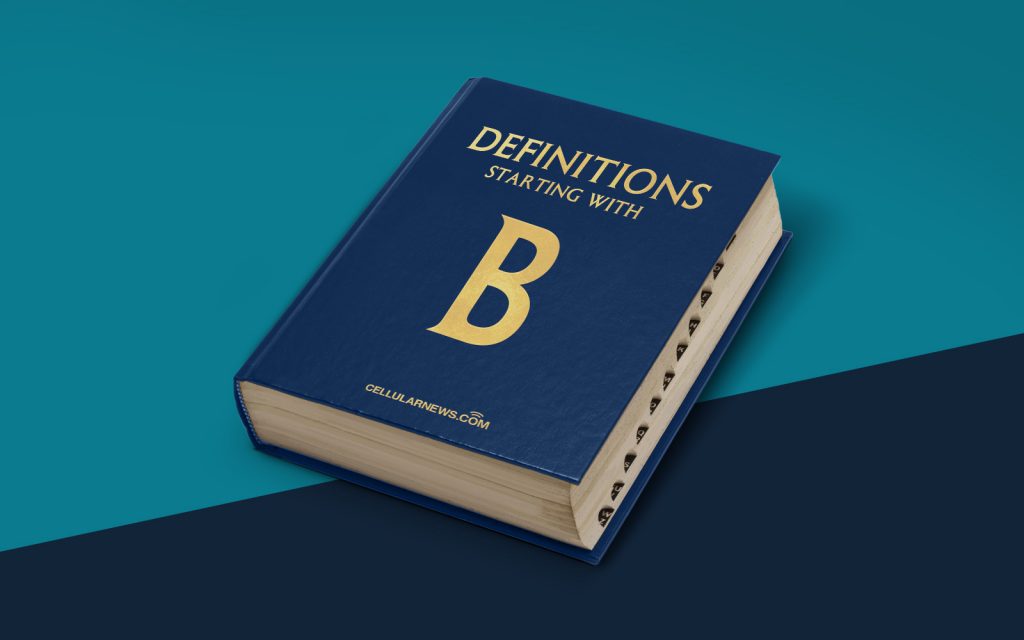
What is B Programming Language?
Welcome to the latest installment of our “DEFINITIONS” category, where we dive into different programming languages and concepts to help you understand the vast world of technology. Today, we are going to explore the B programming language, a powerful and influential language that has shaped the foundation of modern programming.
If you are wondering “What is B programming language?” – wonder no more! B is a general-purpose procedural programming language that was developed in the early 1970s by Ken Thompson and Dennis Ritchie. It is often regarded as a precursor to the popular C programming language and has played a significant role in shaping the evolution of modern coding practices.
Key Takeaways:
- B programming language influenced the development of C language.
- B is a procedural programming language developed in the 1970s.
Now, let’s dive deeper into what makes the B programming language special and why it has been influential in the software development landscape:
B Programming Language: A Breakthrough in the Early Days of Software Development
The B programming language was initially developed to support the development of the UNIX operating system. It became the primary language used for developing the groundbreaking UNIX system at Bell Labs, where Thompson and Ritchie worked.
Here are some key features and characteristics of the B programming language:
- Simplicity: B was designed to be a simple and minimalistic language, focusing on essential features rather than complexity. It had a small set of data types and limited control structures, which made it easy to learn and use.
- Low-level Capabilities: B provided direct access to machine-level operations, allowing developers to write efficient and optimized code. This low-level capability was one of the reasons why B became such a powerful tool in system programming.
- Dynamic Type System: In B, variables were not explicitly declared. Instead, they were automatically assigned a type based on their usage context. This dynamic typing approach simplified the coding process and made it more flexible.
- Portability: The B programming language was designed to be highly portable across different computer architectures, allowing developers to write code that could run on various hardware systems.
Despite its numerous benefits, the B programming language had some limitations. It lacked certain features like structured programming constructs, which made large projects more challenging to manage. This led to the development of the C language, which addressed these limitations and became wildly popular in the programming community.
In conclusion, the B programming language played a crucial role in the early days of software development, paving the way for future programming languages. Its simplicity, low-level capabilities, and portability made it a powerful tool for system programming. Although B may not be widely used today, its legacy lives on through its successor, the C programming language.
